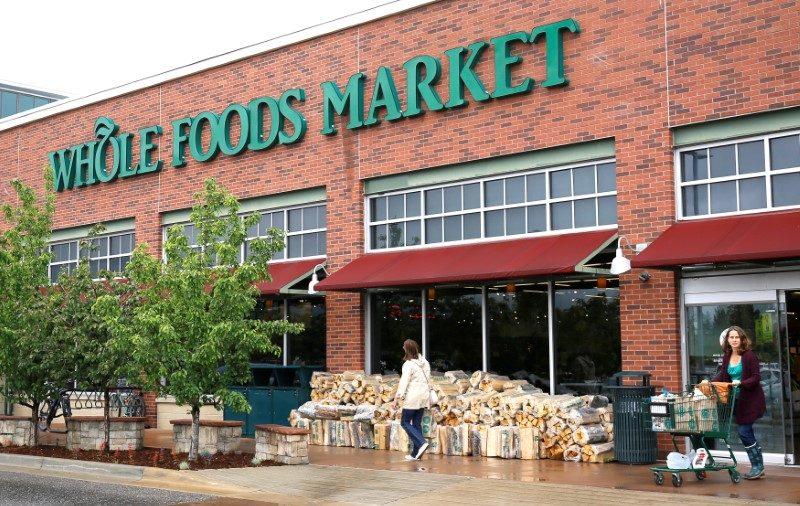More Americans shopping in Whole Foods stores will soon be able to pay for their items with just a wave of their hand under Amazon’s One Palm recognition system.
The Jeff Bezos-owned company announced on July 20 that it has teamed up with the grocery store chain in the United States on the new system and will allow customers at 500 Whole Foods Market locations across the country to pay for products using only their hand by the end of this year.




